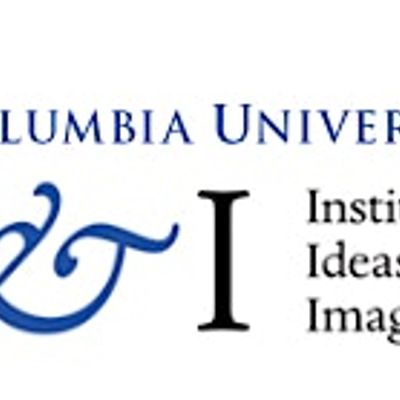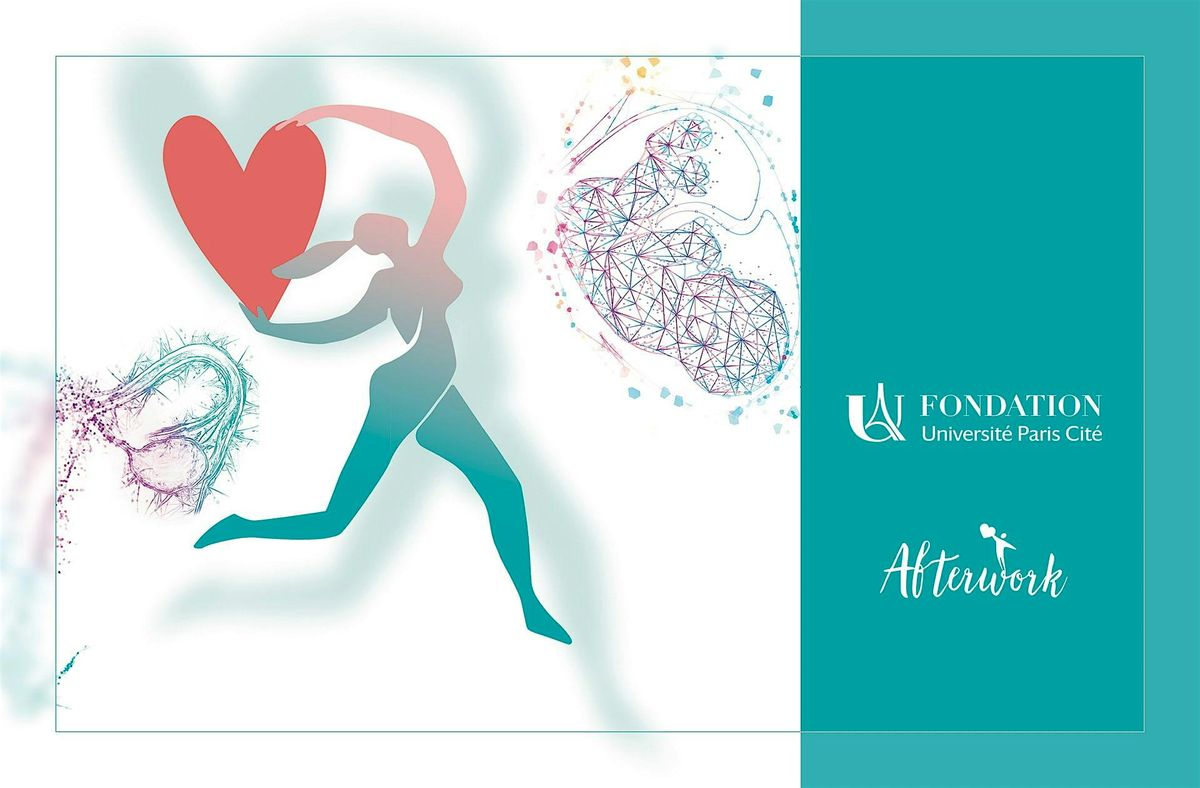
About this Event
Historical narrative and practice U.S. refugee policy
Emma Lazarus’s poem at the base of the Statue of Liberty in New York harbor beckons Europe’s “huddled masses yearning to be free,” a key symbol of the view of America as a welcoming nation of immigrants and refugees. Although the French abolitionist Édouard de Laboulaye originally proposed a monument to commemorate the end of slavery in the U.S., Bartholdi’s statue was ultimately presented as a gift in 1886 to honor American and French republicanism. The plaque with Lazarus’s poem was not placed on the statue until 1936, when America’s gates were closed to Jews fleeing Germany and Austria. It would not be until after World War II and during the Cold War that the U.S. admitted refugees, privileging those “fleeing communism,” and not until the 1980 that U.S. refugee policy became based on human rights standards.
Mae Ngai's talk considers the uneven historical trajectory of how refuge and asylum have figured in America’s national self-image and focuses the post-World War II era of refugee settlement with its dynamics of welcome and rejection, and optimism and shame, by reading the narratives in three texts by Henry Luce (Life magazine), Hannah Arendt (“We Refugees”), and the Yiddish novelist Kadya Molodovsky (“A Jewish Refugee in New York").
Mae Ngai is Lung Family Professor of Asian American Studies and professor of history at Columbia. Major publications include Impossible Subjects: Illegal Aliens and the Making of Modern America (2004) and The Chinese Question: The Gold Rushes and Global Politics (2021). She writes commentary on immigration and Asian American issues for the New York Times, The Atlantic, and other publications.
The Rendez-Vous de l’Institut Series is generously supported by the Stavros Niarchos Foundation. You will find a full calendar of the Fellows’ Talks.
Event Venue & Nearby Stays
The Institute for Ideas and Imagination, Columbia Global Centers | Paris, Reid Hall, Paris, France
USD 0.00












